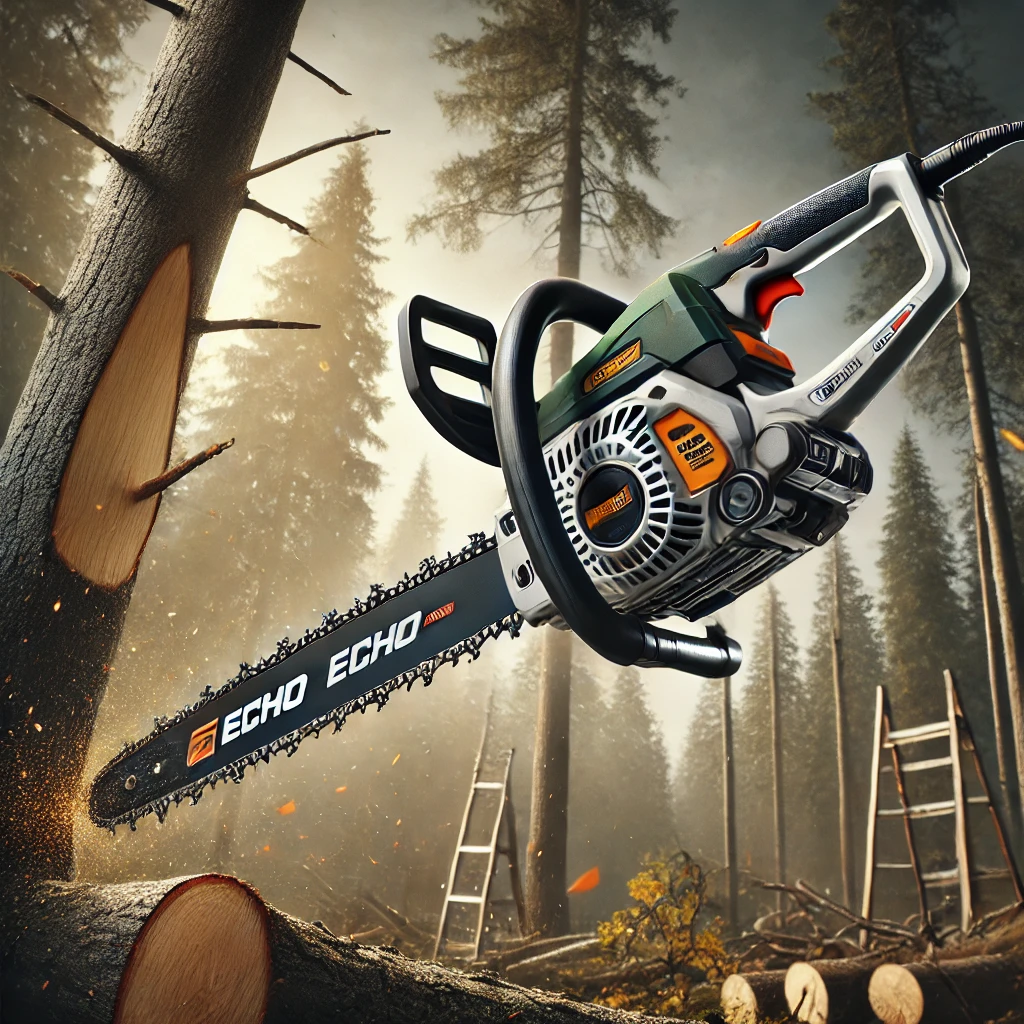Hey there, fellow garden enthusiasts! If you’re like me, you’ve probably found yourself staring up at those pesky high branches, wondering how on earth you’re going to tame your unruly trees without risking life and limb. Well, fear not! I’m here to guide you through the wonderful world of Longest Pole Saws, specifically focusing on how to choose the longest one for your tree pruning adventures. Trust me, by the end of this article, you’ll be ready to reach for the stars – or at least those stubborn upper branches.
The Long and Short of It: Understanding Longest Pole Saw
Let’s things off with the burning question on everyone’s mind: just how far can these magical tree-trimming wands extend? Typically, pole saws can reach anywhere from 8 to 15 feet, with some professional models stretching up to a whopping 20 feet. Now, before you get too excited about becoming the neighborhood’s very own Jack and the Beanstalk, remember that with great reach comes great responsibility (and potentially sore arms).
Finding Your Perfect Length
Choosing the right length depends on a few factors:
- Tree height: Obviously, taller trees need longer poles.
- Your own height: Don’t forget to factor in your reach!
- Comfort level: Longer isn’t always better if you can’t control it.
Types of Manual Longest Pole Saw: A Cut Above the Rest

Now that we’ve covered the basics of reach, let’s dive into the different types of pole saws available. It’s like choosing your weapon in a video game, except this battle is against overgrown branches.
Manual Longest Pole Saws
- Pros: Lightweight, quiet, eco-friendly
- Cons: More effort required, limited to smaller branches
Electric Pole Saws
- Pros: Consistent power, relatively quiet
- Cons: Limited by cord length (unless cordless)
Gas-Powered Pole Saws
- Pros: Most powerful, great for thick branches
- Cons: Heavier, noisier, require more maintenance
Battery-Powered Pole Saws
- Pros: Portable, low maintenance
- Cons: Limited runtime, less powerful than gas models
The Professional’s Choice: When You Mean Business
For those of you looking to take your pruning game to the next level, let’s talk about professional-grade pole saws. These bad boys are designed for heavy-duty use and can handle even the most stubborn branches.
Features to Look For:
- Longer reach (up to 20 feet)
- More powerful engines or motors
- Durable construction
- Advanced safety features
Remember, with great power comes great responsibility (and a heftier price tag).
Types of Long-Reach Longest Pole Saw
Manual Pole Saws
Perfect for occasional use, manual options like the Fiskars model extend from 7 to 14 feet and can handle branches up to 8 inches thick. They’re lightweight and require no fuel or electricity.
Electric Pole Saws
The Worx cordless model offers a 13-foot working height and can cut branches up to 6.5 inches in diameter. Its three-position head allows for precise cuts at various angles.
Gas-Powered Professional Models
For serious tree work, gas-powered models can reach up to 23 feet, allowing you to make clearance cuts on second-story homes without climbing
Safety First: Don’t Lose Your Head Over Branches

Before we get carried away with visions of pruning grandeur, let’s talk safety. After all, we want you to keep all your limbs while trimming those tree limbs.
Key Safety Features:
- Non-slip grip
- Automatic chain oiler
- Safety switch or throttle lock
- Debris deflector
Pro tip: Always wear protective gear like goggles, gloves, and a hard hat. You might look like you’re ready for a construction site, but hey, better safe than sorry!
The Weighty Issue: How Heavy is Too Heavy?
Now, I know what you’re thinking – “I’ve been hitting the gym, I can handle any Longest Pole Saw!” But trust me, after an hour of overhead work, even the lightest saw can feel like a ton of bricks.
Weight Range:
- Manual pole saws: 2-4 lbs
- Electric pole saws: 7-14 lbs
- Gas-powered pole saws: 14-20 lbs
Remember, it’s not just about how much you can lift, but how long you can hold it up. Choose a weight that you can manage comfortably for extended periods.
Gas vs. Electric: The Great Longest Pole Saw Showdown
Ah, the age-old debate: gas or electric? It’s like choosing between a sports car and an electric vehicle, each with its own set of pros and cons.
| Feature | Gas Pole Saw | Electric Pole Saw |
| Power | High | Moderate |
| Mobility | Unlimited | Limited by cord/battery |
| Noise | Loud | Quieter |
| Weight | Heavier | Lighter |
| Maintenance | More | Less |
Ultimately, the choice depends on your specific needs. If you’re tackling a forest, go gas. For occasional backyard pruning, electric might be your best bet.
Battery Life: The Marathon of Longest Pole Saw
For those of you leaning towards the cordless electric models, battery life is crucial. After all, nothing’s worse than your saw dying mid-cut, leaving you with a half-trimmed tree that looks like it got a bad haircut.
Average Runtime:
- Light-duty models: 30-45 minutes
- Heavy-duty models: 1-2 hours
Pro tip: Always have a spare battery charged and ready to go. It’s like bringing a backup dancer to your tree-trimming performance – they’re there when you need them most.
Maintenance Matters: Keeping Your Saw in Top Shape
Like any good relationship, your Longest Pole Saw needs some TLC to keep it running smoothly. Don’t worry, it’s not as high-maintenance as your ex.
Basic Maintenance Tips:
- Clean after each use
- Sharpen the chain regularly
- Check and tighten bolts
- Lubricate moving parts
For gas models, don’t forget to change the oil and air filter periodically. It’s like a spa day for your saw!
Size Matters: Understanding Bar Length
When it comes to pole saws, size does matter – bar size, that is. The bar length determines what thickness of branch you can cut.
Typical Bar Lengths:
- 6-8 inches: Good for small to medium branches
- 8-10 inches: Handles medium to large branches
- 10-12 inches: For the big boys (thick branches)
Remember, longer isn’t always better. Choose based on the type of branches you’ll be dealing with most often.
This video owner: CreativeProcessDIY
Maximum Working Heights by Type:
| Type | Typical Max Height | Best For |
| Manual | 14 feet | Occasional use |
| Electric | 13 feet | Small-medium yards |
| Gas-powered | 23 feet | Professional use |
Conclusion: Longest Pole Saw Reaching New Heights in Tree Care
There you have it, folks – everything you need to know about choosing the longest pole saw for your tree pruning needs. Whether you’re a weekend warrior or an aspiring arborist, the perfect pole saw is out there waiting for you.
Remember, the best pole saw isn’t just about length – it’s about finding the right balance of reach, power, and usability for your specific needs. So go forth, choose wisely, and may your trees be forever perfectly pruned!
Now, if you’ll excuse me, I have a date with some overgrown branches in my backyard. Happy pruning!




Leave a Reply